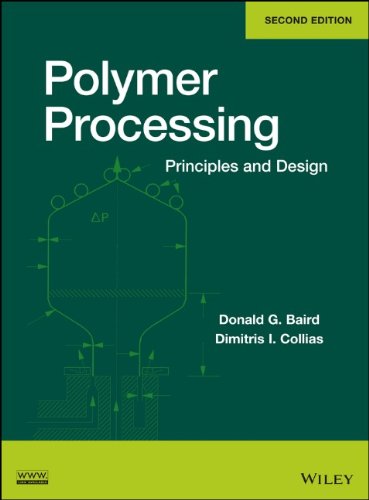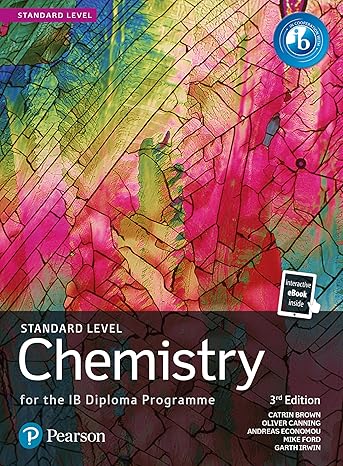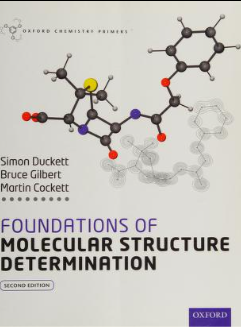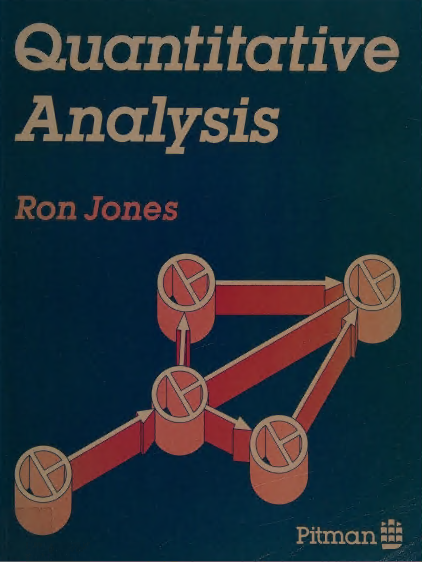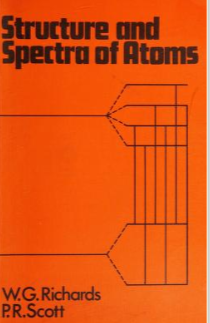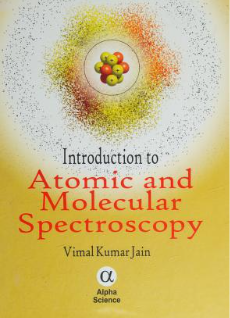1 Importance of Process Design 1
1.1 Classification of Polymer Processes, 1
1.2 Film Blowing: Case Study, 5
1.3 Basics of Polymer Process Design, 7
References, 8
2 Isothermal Flow of Purely Viscous Non-Newtonian Fluids 9
Design Problem I Design of a Blow Molding Die, 9
2.1 Viscous Behavior of Polymer Melts, 10
2.2 One-Dimensional Isothermal Flows, 13
2.2.1 Flow Through an Annular Die, 14
2.2.2 Flow in a Wire Coating Die, 17
2.3 Equations of Change for Isothermal Systems, 19
2.4 Useful Approximations, 26
2.5 Solution to Design Problem I, 27
2.5.1 Lubrication Approximation Solution, 27
2.5.2 Computer Solution, 29
Problems, 30
References, 34
3 Viscoelastic Response of Polymeric Fluids and Fiber Suspensions 37
Design Problem II Design of a Parison Die for a Viscoelastic Fluid, 37
3.1 Material Functions for Viscoelastic Fluids, 38
3.1.1 Kinematics, 38
3.1.2 Stress Tensor Components, 39
3.1.3 Material Functions for Shear Flow, 40
3.1.4 Shear-Free Flow Material Functions, 43
v
vi CONTENTS
3.2 Nonlinear Constitutive Equations, 44
3.2.1 Description of Several Models, 44
3.2.2 Fiber Suspensions, 52
3.3 Rheometry, 55
3.3.1 Shear Flow Measurements, 56
3.3.2 Shear-Free Flow Measurements, 58
3.4 Useful Relations for Material Functions, 60
3.4.1 Effect of Molecular Weight, 60
3.4.2 Relations Between Linear Viscoelastic Properties and
Viscometric Functions, 61
3.4.3 Branching, 61
3.5 Rheological Measurements and Polymer Processability, 62
3.6 Solution to Design Problem II, 64
Problems, 66
References, 70
4 Diffusion and Mass Transfer 73
Design Problem III Design of a Dry-Spinning System, 73
4.1 Mass Transfer Fundamentals, 74
4.1.1 Definitions of Concentrations and Velocities, 74
4.1.2 Fluxes and Their Relationships, 76
4.1.3 Fick’s First Law of Diffusion, 76
4.1.4 Microscopic Material Balance, 78
4.1.5 Similarity with Heat Transfer: Simple Applications, 80
4.2 Diffusivity, Solubility, and Permeability in Polymer Systems, 84
4.2.1 Diffusivity and Solubility of Simple Gases, 84
4.2.2 Permeability of Simple Gases and Permachor, 87
4.2.3 Moisture Sorption and Diffusion, 90
4.2.4 Permeation of Higher-Activity Permeants, 90
4.2.5 Polymer–Polymer Diffusion, 93
4.2.6 Measurement Techniques and Their Mathematics, 94
4.3 Non-Fickian Transport, 95
4.4 Mass Transfer Coefficients, 96
4.4.1 Definitions, 96
4.4.2 Analogies Between Heat and Mass Transfer, 97
4.5 Solution to Design Problem III, 99
Problems, 101
References, 108
5 Nonisothermal Aspects of Polymer Processing 111
Design Problem IV Casting of Polypropylene Film, 111
5.1 Temperature Effects on Rheological Properties, 111
5.2 The Energy Equation, 113
5.2.1 Shell Energy Balances, 113
5.2.2 Equation of Thermal Energy, 117
5.3 Thermal Transport Properties, 120
5.3.1 Homogeneous Polymer Systems, 120
5.3.2 Thermal Properties of Composite Systems, 123
5.4 Heating and Cooling of Nondeforming Polymeric Materials, 124
5.4.1 Transient Heat Conduction in Nondeforming Systems, 125
5.4.2 Heat Transfer Coefficients, 130
5.4.3 Radiation Heat Transfer, 132
CONTENTS vii
5.5 Crystallization, Morphology, and Orientation, 135
5.5.1 Crystallization in the Quiescent State, 136
5.5.2 Other Factors Affecting Crystallization, 142
5.5.3 Polymer Molecular Orientation, 143
5.6 Solution to Design Problem IV, 145
Problems, 147
References, 150
6 Mixing 153
Design Problem V Design of a Multilayered Extrusion Die, 153
6.1 Description of Mixing, 154
6.2 Characterization of the State of Mixture, 156
6.2.1 Statistical Description of Mixing, 157
6.2.2 Scale and Intensity of Segregation, 161
6.2.3 Mixing Measurement Techniques, 163
6.3 Striation Thickness and Laminar Mixing, 164
6.3.1 Striation Thickness Reduction from Geometrical Arguments, 164
6.3.2 Striation Thickness Reduction from Kinematical Arguments, 169
6.3.3 Laminar Mixing in Simple Geometries, 171
6.4 Residence Time and Strain Distributions, 174
6.4.1 Residence Time Distribution, 174
6.4.2 Strain Distribution, 177
6.5 Dispersive Mixing, 180
6.5.1 Dispersion of Agglomerates, 180
6.5.2 Liquid–Liquid Dispersion, 182
6.6 Thermodynamics of Mixing, 188
6.7 Chaotic Mixing, 189
6.8 Solution to Design Problem V, 191
Problems, 194
References, 198
7 Extrusion Dies 201
Design Problem VI Coextrusion Blow Molding Die, 201
7.1 Extrudate Nonuniformities, 202
7.2 Viscoelastic Phenomena, 203
7.2.1 Flow Behavior in Contractions, 203
7.2.2 Extrusion Instabilities, 203
7.2.3 Die Swell, 207
7.3 Sheet and Film Dies, 212
7.4 Annular Dies, 216
7.4.1 Center-Fed Annular Dies, 216
7.4.2 Side-Fed and Spiral Mandrel Dies, 217
7.4.3 Wire Coating Dies, 217
7.5 Profile Extrusion Dies, 220
7.6 Multiple Layer Extrusion, 222
7.6.1 General Considerations, 222
7.6.2 Design Equations, 224
7.6.3 Flow Instabilities in Multiple Layer Flow, 227
7.7 Solution to Design Problem VI, 228
Problems, 230
References, 234
viii CONTENTS
8 Extruders 235
Design Problem VII Design of a Devolatilization Section for a
Single-Screw Extruder, 235
8.1 Description of Extruders, 235
8.1.1 Single-Screw Extruders, 237
8.1.2 Twin-Screw Extruders, 238
8.2 Hopper Design, 239
8.3 Plasticating Single-Screw Extruders, 242
8.3.1 Solids Transport, 242
8.3.2 Delay and Melting Zones, 246
8.3.3 Metering Section, 250
8.4 Twin-Screw Extruders, 253
8.4.1 Self-wiping Corotating Twin-Screw Extruders, 253
8.4.2 Intermeshing Counterrotating Extruders, 256
8.5 Mixing, Devolatilization, and Reactions in Extruders, 258
8.5.1 Mixing, 258
8.5.2 Devolatilization in Extruders, 262
8.5.3 Reactive Extrusion, 264
8.6 Solution to Design Problem VII, 265
8.6.1 Dimensional Analysis, 265
8.6.2 Diffusion Theory, 267
Problems, 268
References, 272
9 Postdie Processing 275
Design Problem VIII Design of a Film Blowing Process for
Garbage Bags, 275
9.1 Fiber Spinning, 276
9.1.1 Isothermal Newtonian Model, 278
9.1.2 Nonisothermal Newtonian Model, 281
9.1.3 Isothermal Viscoelastic Model, 285
9.1.4 High-Speed Spinning and Structure Formation, 287
9.1.5 Instabilities in Fiber Spinning, 290
9.2 Film Casting and Stretching, 293
9.2.1 Film Casting, 293
9.2.2 Stability of Film Casting, 296
9.2.3 Film Stretching and Properties, 297
9.3 Film Blowing, 297
9.3.1 Isothermal Newtonian Model, 299
9.3.2 Nonisothermal Newtonian Model, 302
9.3.3 Nonisothermal Non-Newtonian Model, 303
9.3.4 Biaxial Stretching and Mechanical Properties, 304
9.3.5 Stability of Film Blowing, 304
9.3.6 Scaleup, 305
9.4 Solution to Design Problem VIII, 305
Problems, 306
References, 308
ادامه ...
بستن ...
